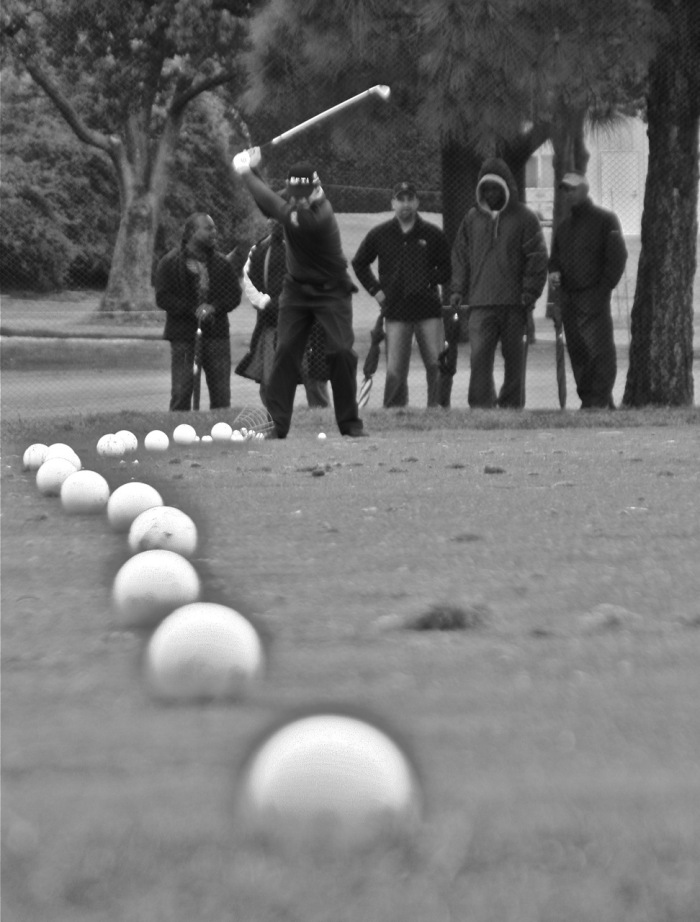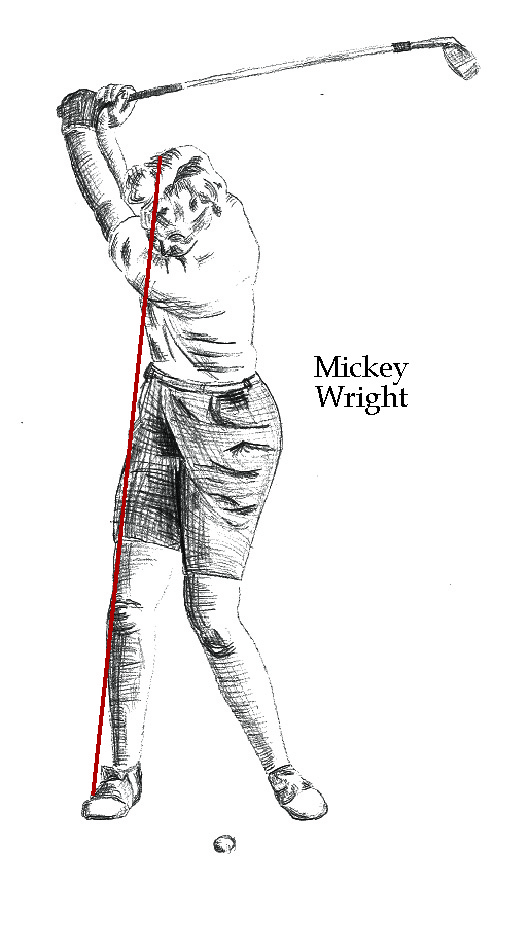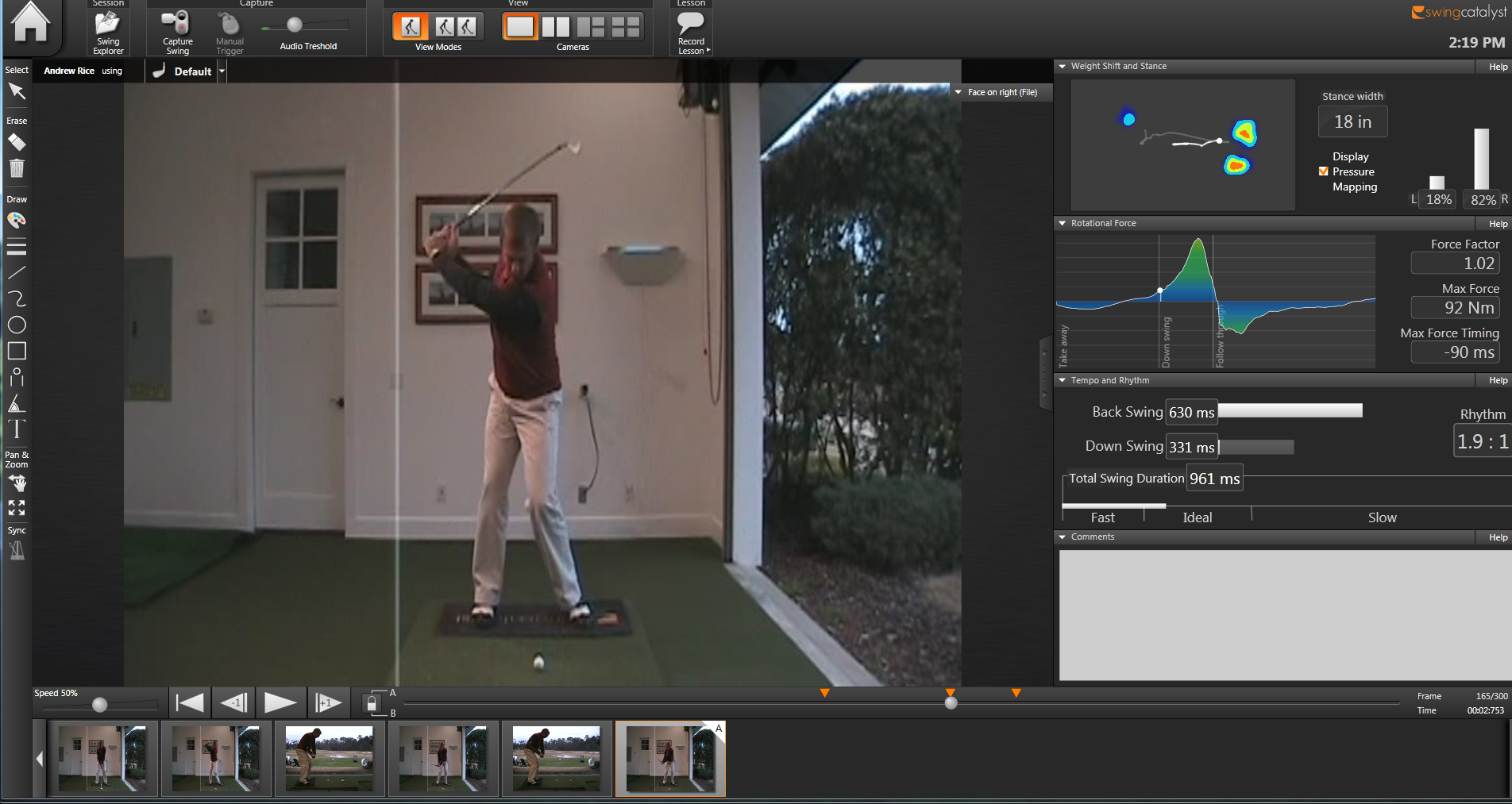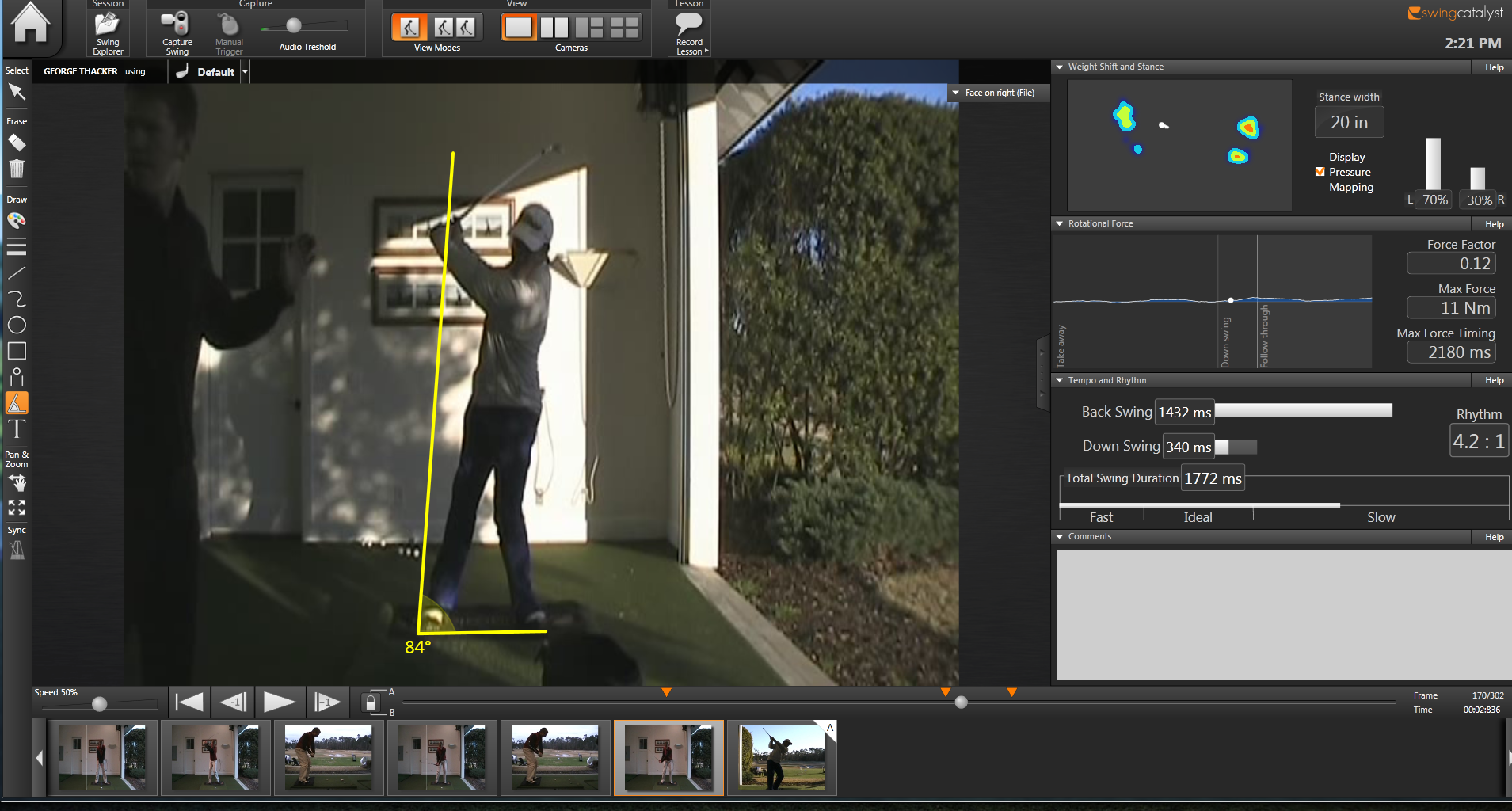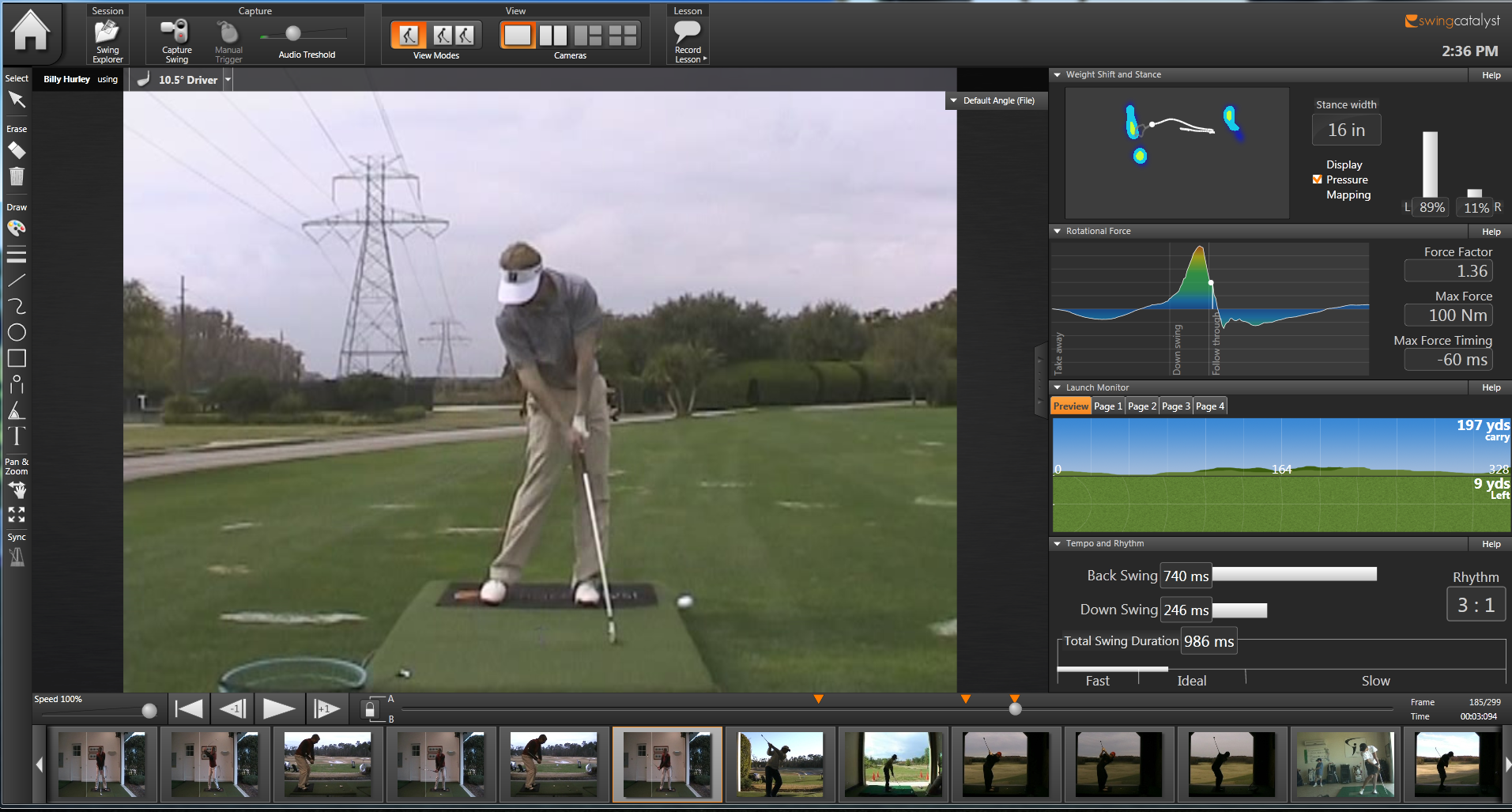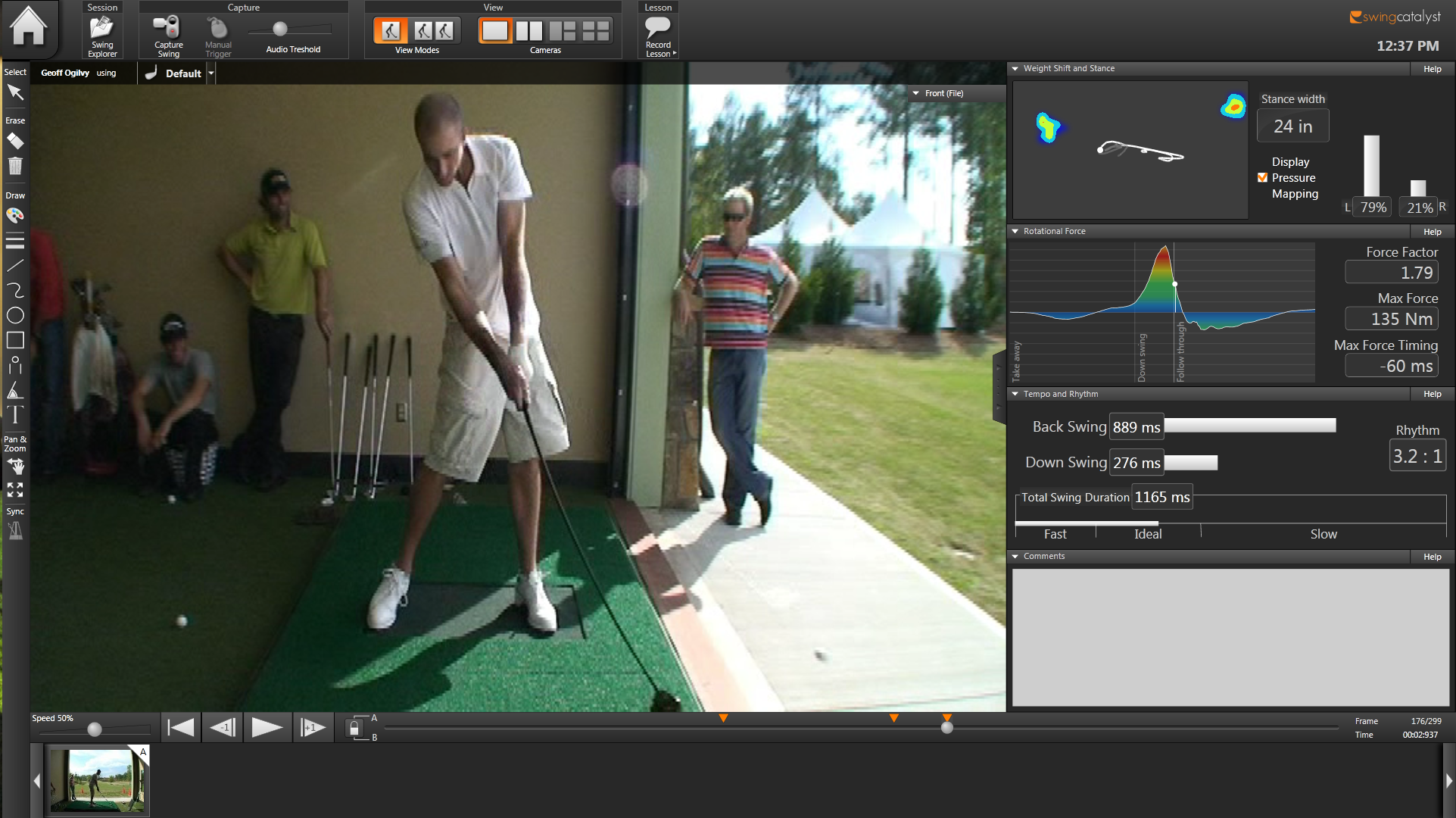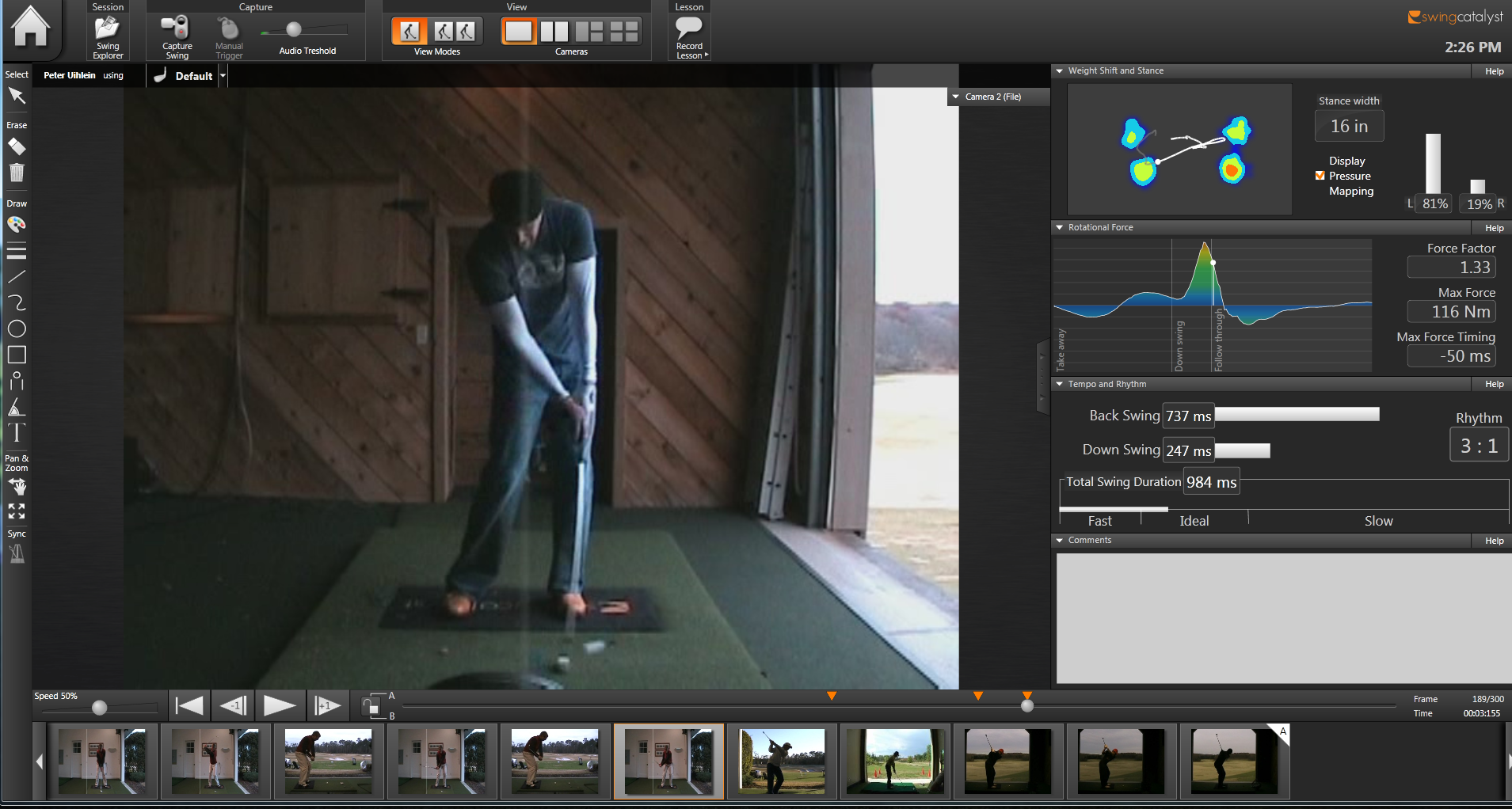What I Learned in 2011
/Around this time of the year I like to look back at the year and contemplate what I have learned as a teacher and coach that will make me better in the future. After much thought here is my list:
- Golfers too often lose sight of the fact that the game is all about scoring. It's not about style, or aesthetics, or form - it's about function. And scoring is function. If any golfer can go out and hit the ball the same as they always have and shoot five strokes lower they are very happy. No, this is not something new to me, but as I get older and hopefully wiser, I see way too many golfers who miss this point. They are searching for a swing, a technique, a "holy grail" that will upgrade their game. The answer lies in driving, wedging, putting and a hefty dose of hard work - period!
- Anybody can get better in twenty minutes. With the help of Trackman I have seen this time and time again. The challenge is taking "ownership" of the changes as this can only be done through practice. Through practice you get comfortable, you then begin to trust the changes, which in turn channel into confidence - the magic elixir of all sport.
- The driver works much better when it strikes the ball with an upward hit. If a golfer swings at 100mph and strikes the ball with a 5 degree downward hit, they will be 28 yards shorter than a golfer who hits the ball with the same swing, but a 5 degree upward hit! The launch angle goes up, the spin goes down and boom, you're not even swinging any harder.
- With an on plane swing, when the clubhead moves towards the ground the club path travels in to out and when it moves away from the ground it travels out to in. I know you're more than likely scratching your head over this one - watch the video and read the article and it'll make a ton more sense. This has been a game changer for me and I so wish I had knowledge of this information thirty years ago.
- Modern golf technology can do wonders for your game. From the latest drivers to launch monitors to pressure plates - there is new technology that can help you make real changes to almost any part of your game. Seek it out and take advantage...
- It is possible for every golfer to get longer - yes, I said every golfer. Even you! Most of the gains can be made simply by learning how to deliver the driver to the ball more efficiently. If you could learn what it takes to hit the ball 15 yards further (which is about my average for male golfers after a TrackMan session!) you have now made the golf course you play 200 yards shorter. Where do I sign up for that....?
- The weight transfer in the backswing is due to the swinging motion of the arms. There should be no conscious shift or lateral motion with the body. See the 84 degree secret...
Thanks for reading - I hope you have all learned at least something from my musings during 2011. If you remember one thing remember this: Nothing will ever take the place of hard work and heart - not talent, not finances, and certainly not coaching.
Oh, and if you haven't wrapped up your holiday shopping yet I have a smokin' deal for you. Buy one copy of It's All About Impact and I'll send you four - one for each member of your foursome.
I have big plans for upgrading the information and look of the site in 2012 so stick around and watch this space...


